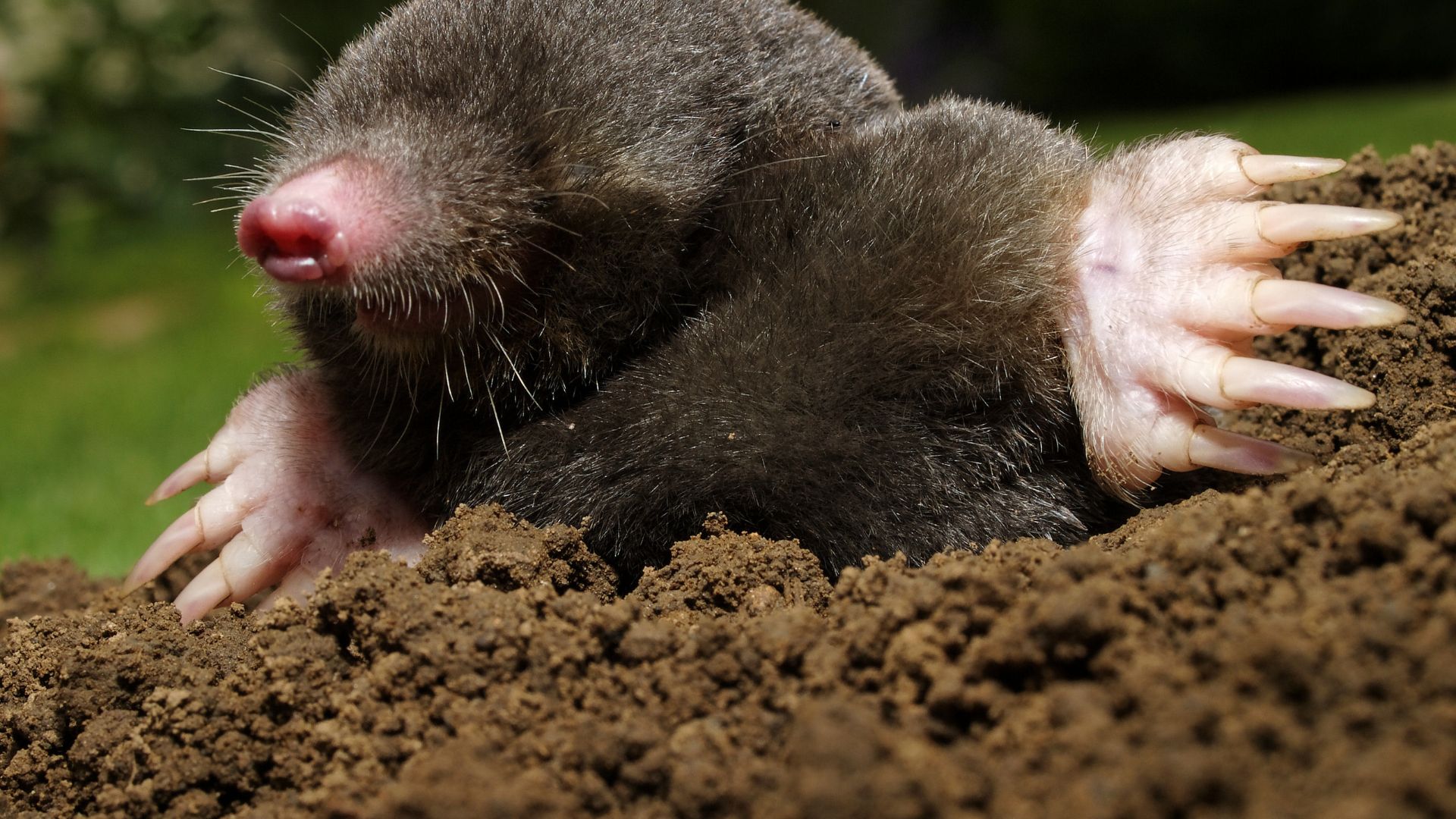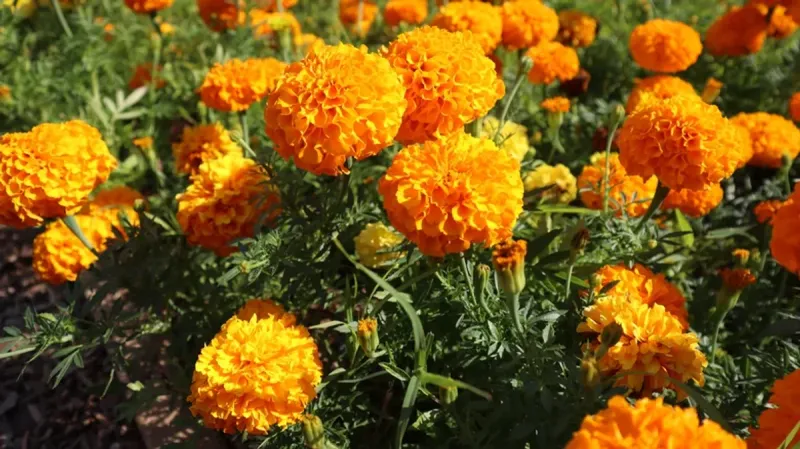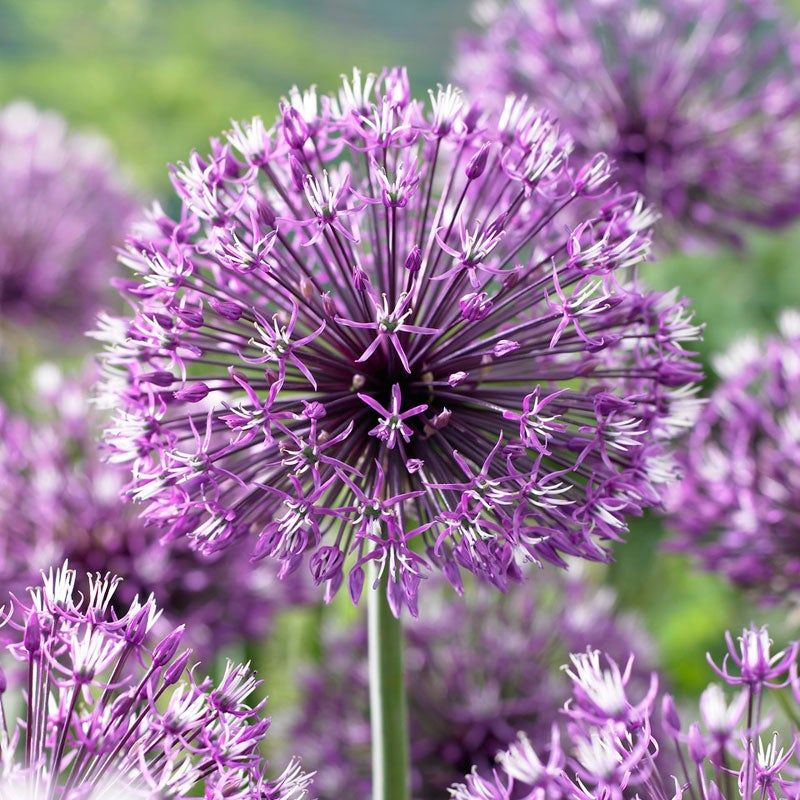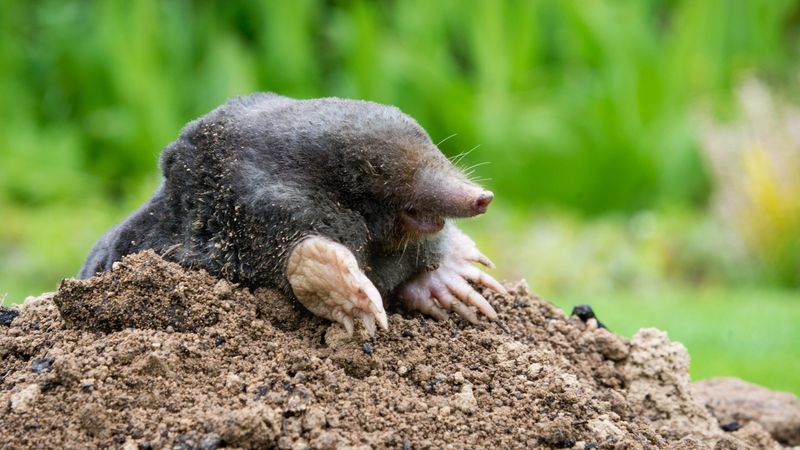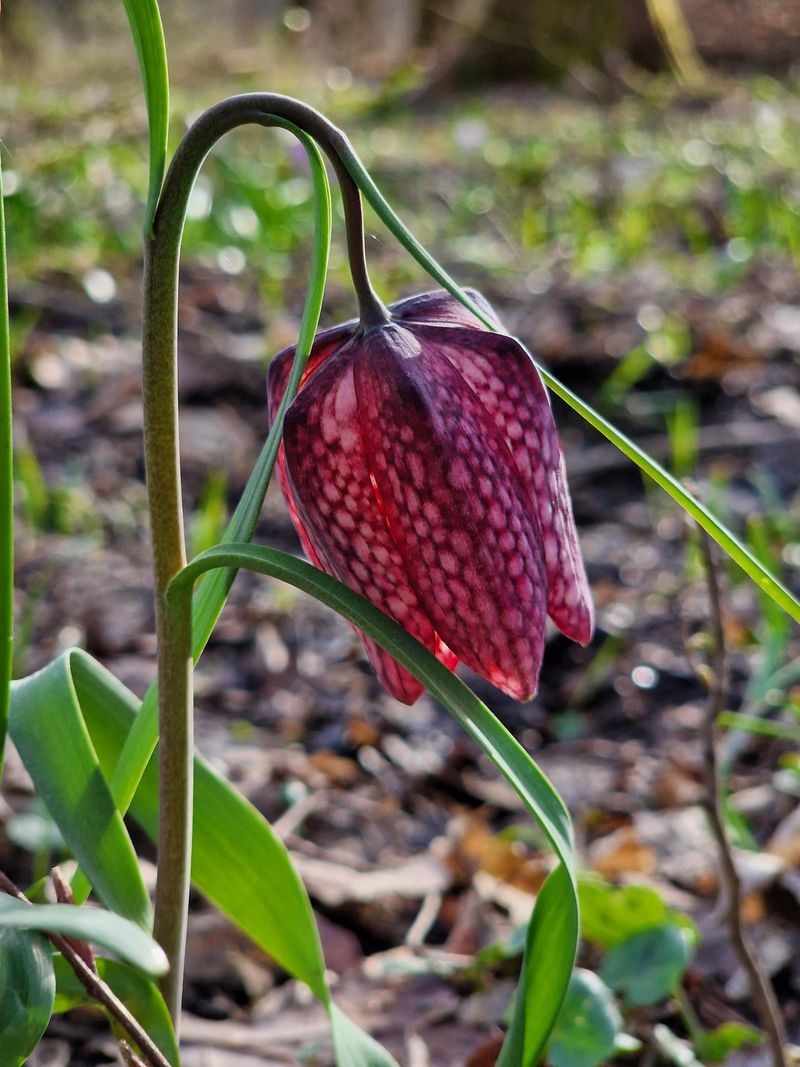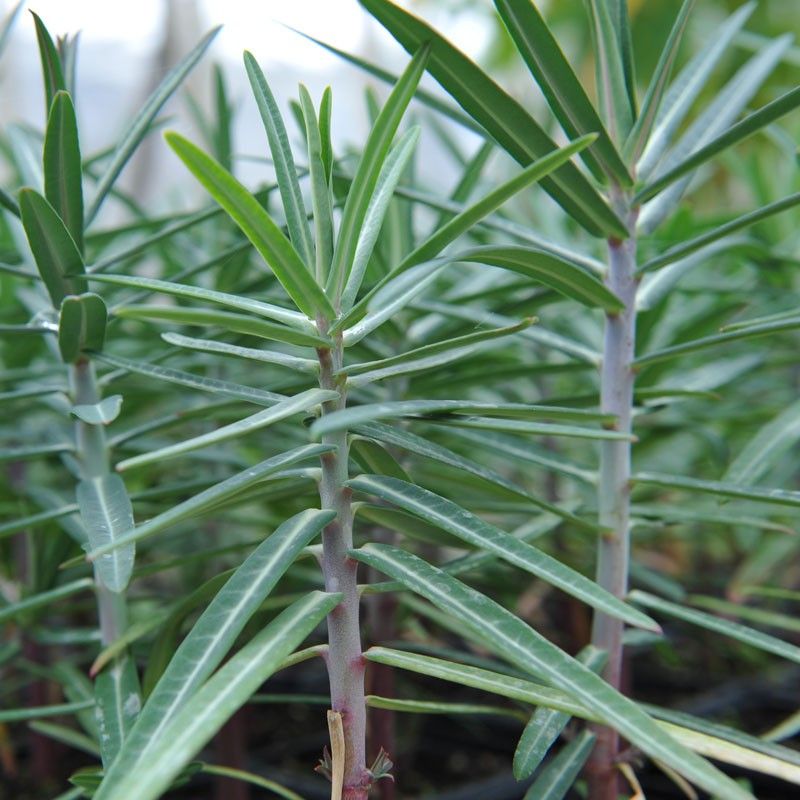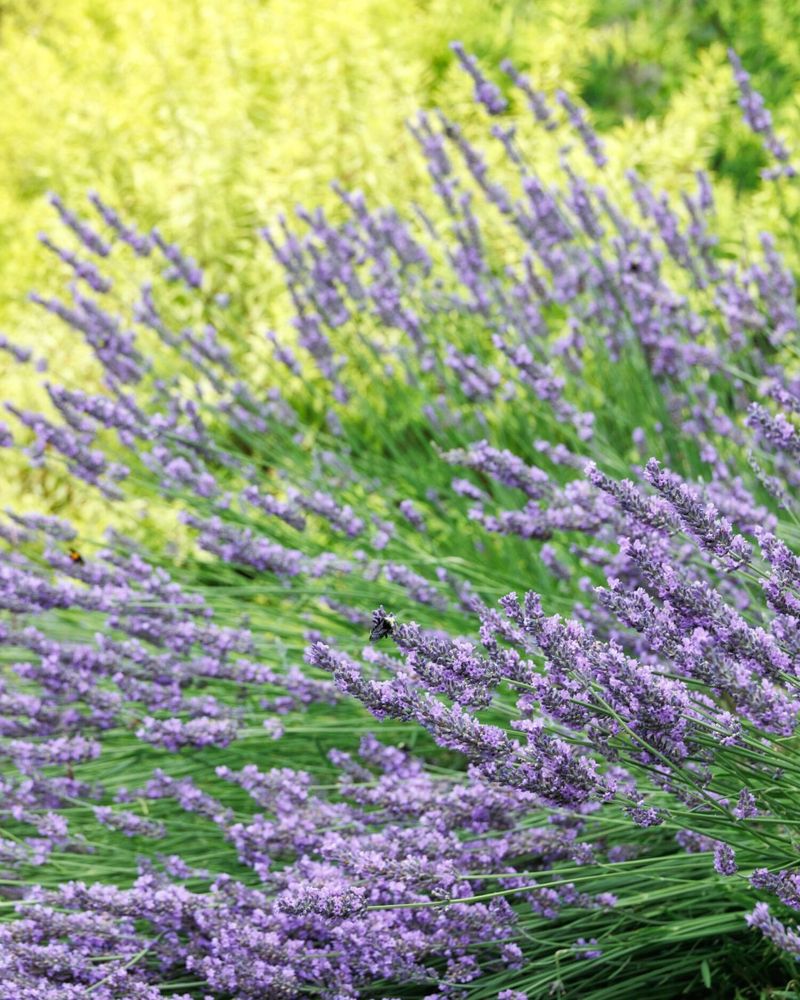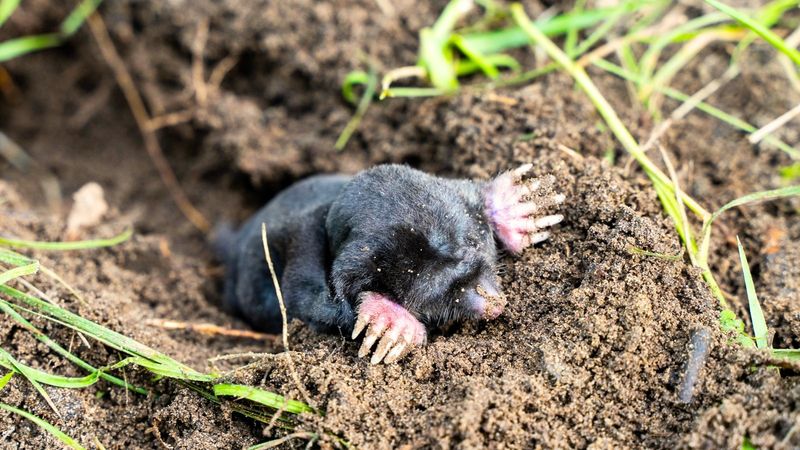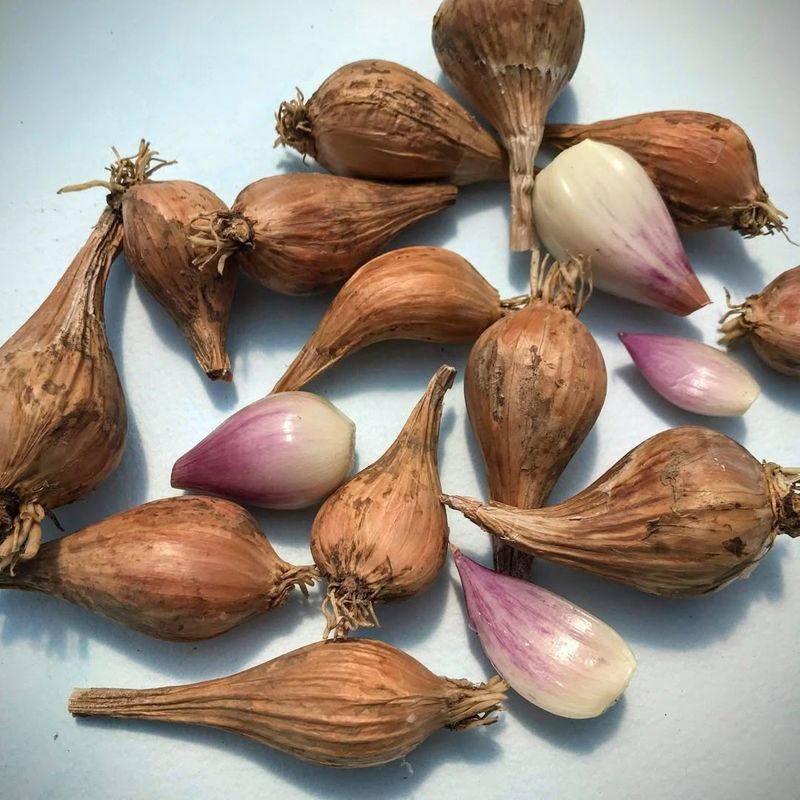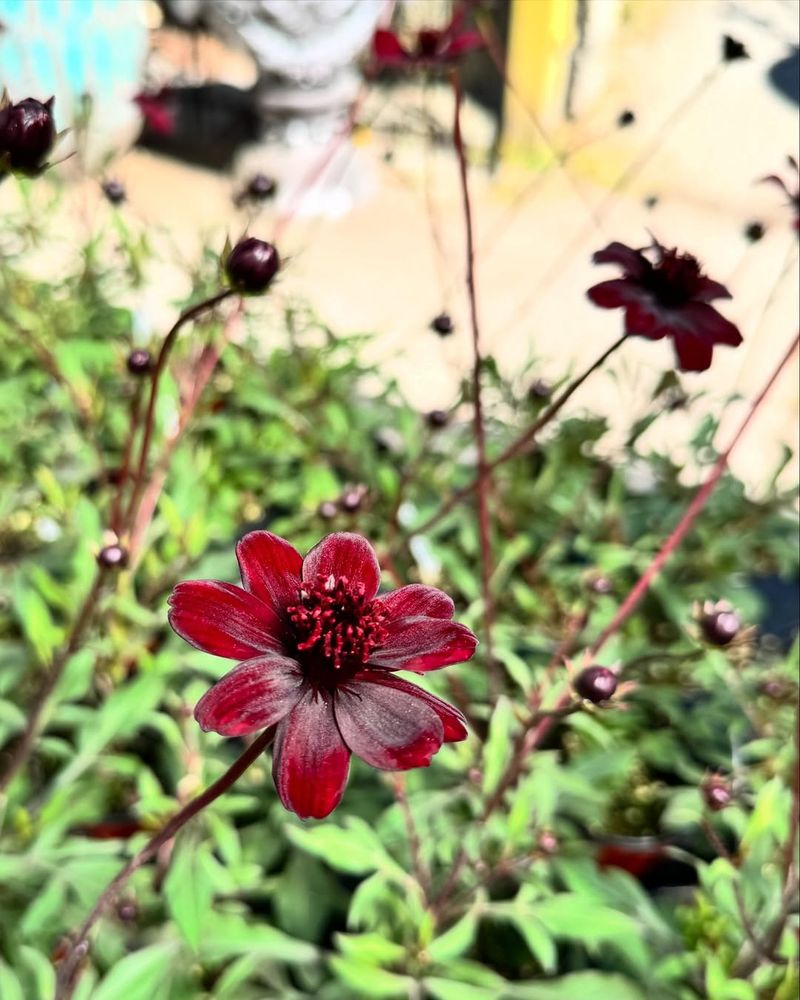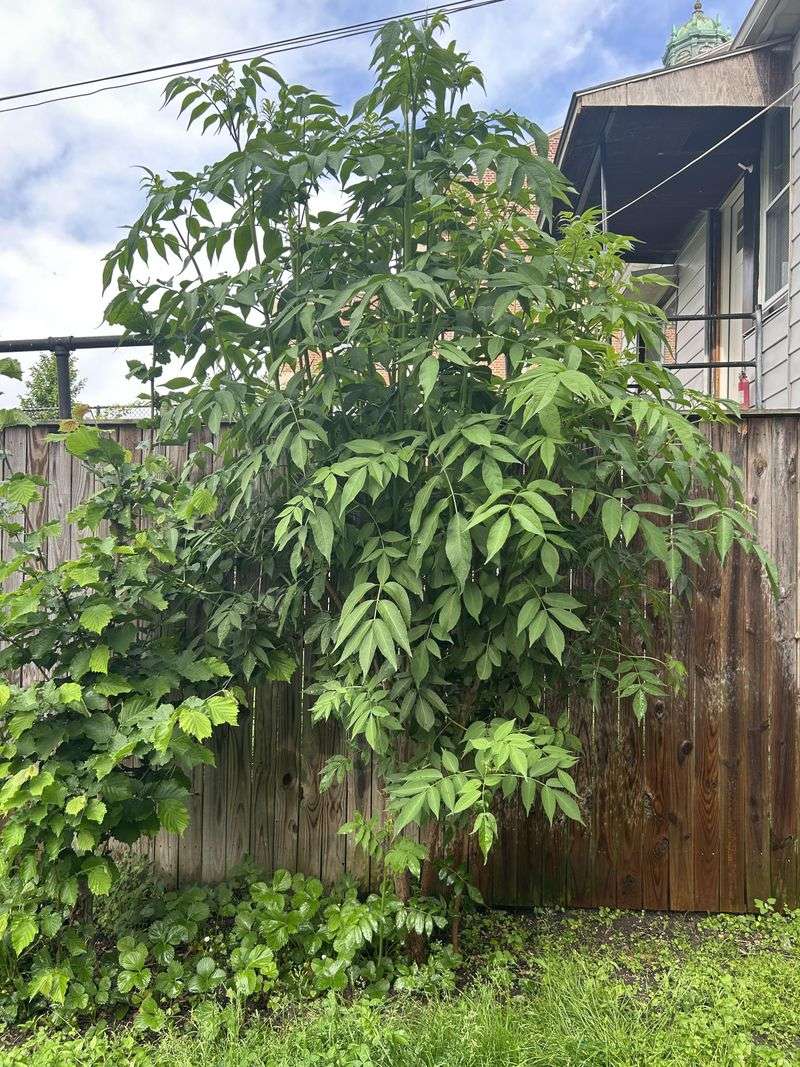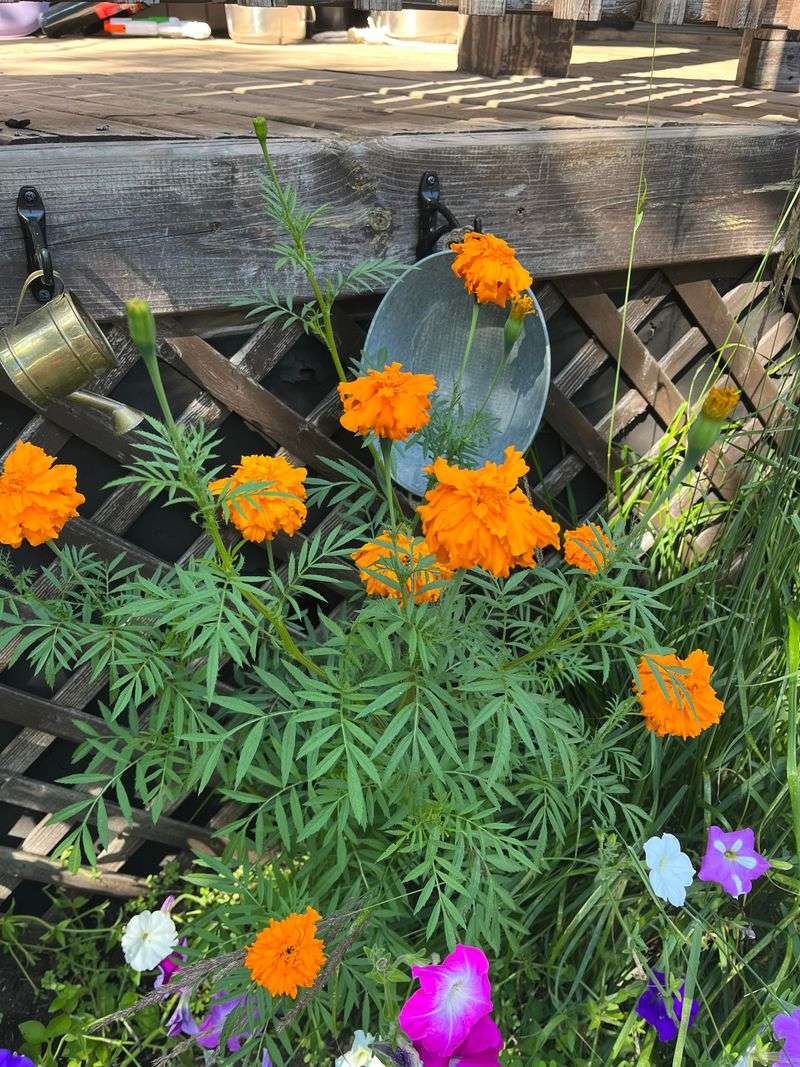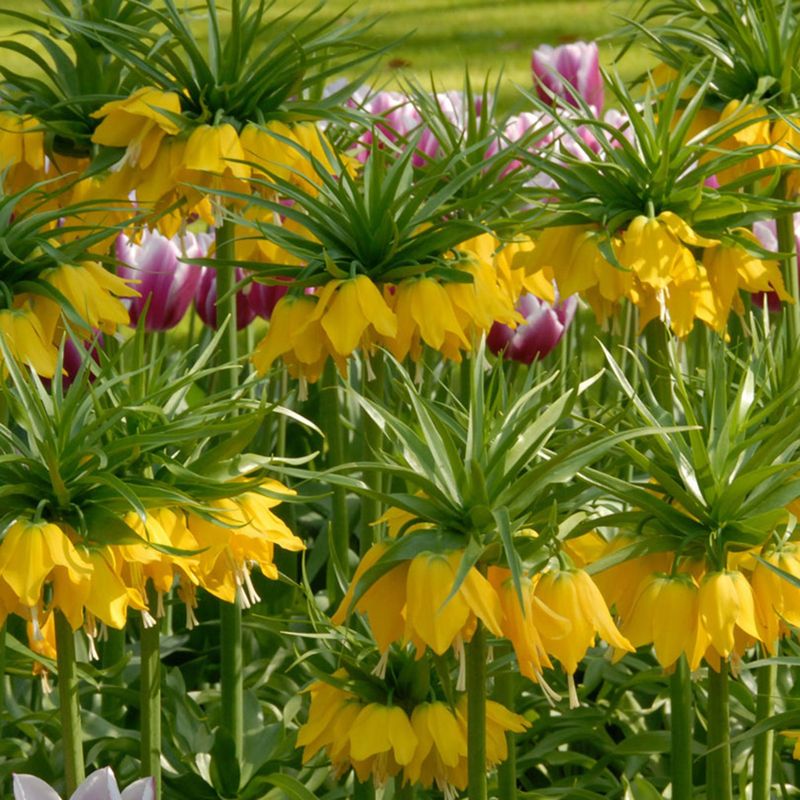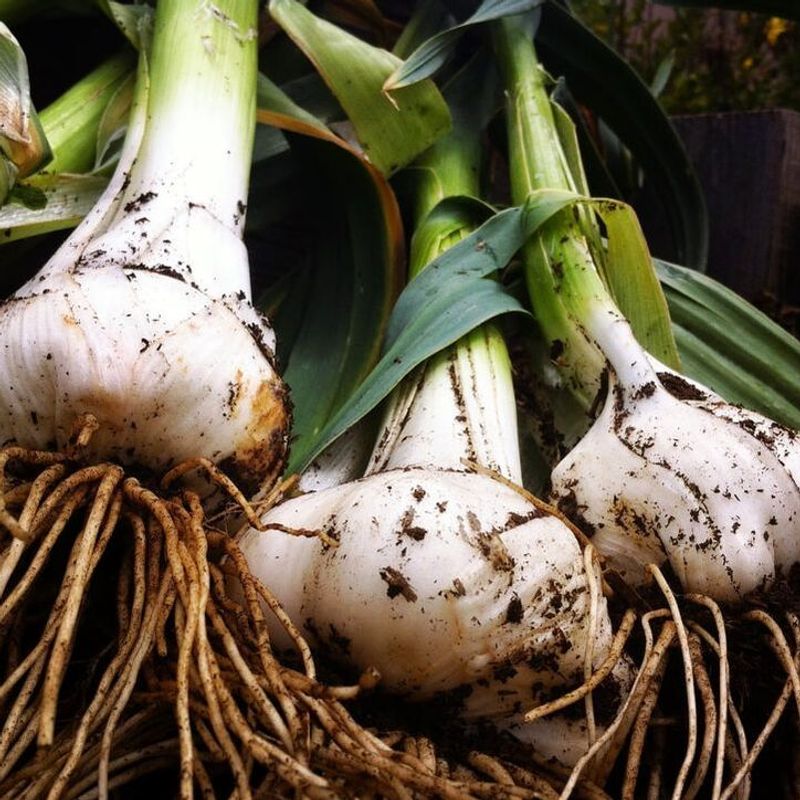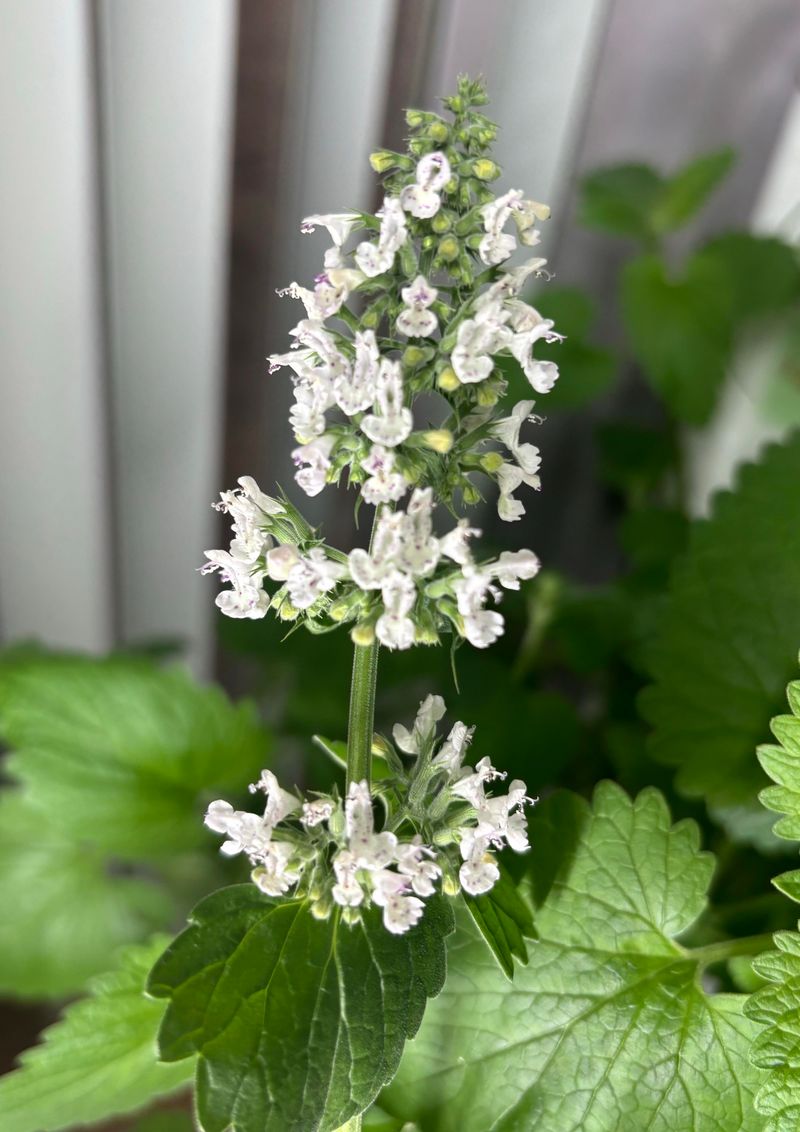Discovering those weird mounds and tunnels in your yard can be pretty frustrating—especially after all the effort you’ve put into your garden.
Moles dig around underground looking for insects and worms, but in the process, they often damage your plants’ roots without meaning to.
Instead of reaching for harsh chemicals or traps, I’ve found that planting natural mole deterrents can gently encourage these little diggers to move along without harm.
1. Daffodils
Moles absolutely hate the toxic alkaloids found in daffodil bulbs. I’ve planted clusters of these sunny yellow flowers along my garden’s perimeter with great success. The bulbs contain lycorine, which creates a natural underground barrier moles won’t cross.
They’re particularly effective when planted in a border formation. As a bonus, deer and rabbits avoid them too, making daffodils a multi-purpose protector for any garden troubled by various critters.
2. Marigolds
The strong scent of marigolds drives moles crazy – and not in a good way! Their roots release compounds that repel not just moles but many garden pests. For maximum effectiveness, plant them in borders around vegetable gardens or intersperse them throughout flower beds.
The vibrant orange and yellow blooms create a protective barrier beneath the soil. My garden has remained noticeably mole-free since adding these hardy annuals three seasons ago.
3. Alliums
The entire allium family packs a powerful punch against moles. Garlic, onions, leeks, and ornamental alliums all contain sulfur compounds that moles find offensive. Ornamental varieties like ‘Purple Sensation’ or ‘Globemaster’ do double duty – stunning visual impact above ground while creating a mole barrier below.
Their distinctive smell permeates the soil extensively. Try planting them in clusters near problem areas where you’ve noticed mole activity previously.
4. Castor Bean Plant
A word of caution before we continue – castor bean plants are highly effective but contain ricin, making them toxic to humans and pets. Handle with extreme care if you choose this option. Moles absolutely detest the smell these plants produce underground.
The large, tropical-looking leaves and interesting seed pods make them a dramatic garden addition too. Plant them sparingly in areas away from children and pets, using gloves when handling any part of the plant.
5. Fritillaria
Fritillaria bulbs contain compounds that emit a skunk-like odor when planted. While humans can’t detect it above ground, moles find it completely unbearable underground. The crown imperial variety (Fritillaria imperialis) works especially well.
Its dramatic nodding bell-shaped flowers create a striking display while keeping moles at bay. Last spring, I added a few crown imperials near my previously mole-ravaged lawn edge, and those troublesome tunnels disappeared within weeks.
6. Euphorbias
The milky sap inside euphorbias contains irritating compounds that moles actively avoid. These architectural plants come in numerous varieties with fascinating structures. Some euphorbias are evergreen, providing year-round protection from underground pests.
Their root systems create an effective barrier that moles won’t cross. Wear gloves when handling these plants – the same sap that deters moles can irritate human skin too, causing a temporary rash in sensitive individuals.
7. Lavender
Lavender’s intense fragrance makes it a natural choice for mole prevention. The strong oils in the roots and throughout the plant create an underground scent barrier. French and English varieties both work well, though I’ve had better luck with the more intensely aromatic French types in my sandy soil.
Moles simply won’t tunnel through areas where lavender grows. Plant them along borders or in strategic spots throughout your garden where mole activity has been problematic.
8. Narcissus
Similar to their daffodil cousins, narcissus bulbs contain lycorine that moles find toxic and repulsive. These spring-flowering bulbs create a natural underground defense system. Paperwhites and other narcissus varieties can be strategically planted around the perimeter of gardens or lawns.
Their extensive root systems create a barrier zone moles won’t penetrate. For best results, plant them in generous drifts rather than individually – creating a more substantial underground defense network.
9. Shallots
Part of the allium family, shallots emit a sulfurous compound through their roots that moles find particularly offensive. Unlike ornamental options, you’ll harvest these at the end of the season! Plant them as borders around vegetable gardens or intersperse them between vulnerable plants.
Their pungent underground presence disrupts mole pathways effectively. Even after harvesting the bulbs, residual compounds remain in the soil for weeks, continuing to provide some protection against unwanted tunneling.
10. Chocolate Cosmos
Despite their delicious chocolate scent to humans, moles find chocolate cosmos absolutely revolting. The tubers produce compounds that repel these underground pests effectively. These maroon-colored flowers add a unique dimension to gardens while working hard below the surface.
Plant them throughout problem areas rather than just at borders for maximum effectiveness. In zones where they’re not winter-hardy, dig up and store the tubers – they’ll grow more potent in their mole-repelling properties each year.
11. Elderberry
Elderberry shrubs develop extensive root systems that release compounds moles actively avoid. These native shrubs provide multiple benefits beyond just mole control. The berries attract birds that may prey on insects moles feed on, reducing their food source.
Their roots grow quite deep, creating an underground network that moles won’t cross. Plant them as a hedge along property lines where mole invasions frequently begin – they’ll create a living barrier that’s both beautiful and functional.
12. Mexican Marigold
Mexican marigold (Tagetes minuta) produces thiophene, a compound particularly effective against moles. Unlike common marigolds, this variety grows quite tall – up to six feet in some conditions. The roots extend deep into the soil, creating a more extensive protection zone than many other repellent plants.
Its strong scent works below ground where moles travel. While not as ornamentally showy as French marigolds, I’ve found this variety provides superior mole protection in my back garden’s problem areas.
13. Crown Imperials
Crown imperials produce strong-smelling compounds that permeate deeply into the soil. Moles find this scent particularly offensive and avoid areas where these dramatic plants grow. Their stately appearance – with bell-shaped flowers hanging beneath a crown of leaves – adds vertical interest to gardens.
The bulbs contain the highest concentration of mole-repelling compounds. Plant them near entry points where moles typically invade from neighboring properties for a beautiful but effective underground barrier.
14. Garlic
Garlic’s powerful sulfur compounds make it one of the most effective mole repellents you can plant. The intense smell penetrates deep into the soil, creating zones moles actively avoid. Plant cloves generously throughout problem areas, not just as a border.
Even after harvesting the bulbs, residual compounds remain active in the soil for weeks. For continuous protection, I stagger my plantings so some garlic is always actively growing in my previously mole-prone vegetable garden areas.
15. Catnip
While cats go wild for this mint family member, moles absolutely despise it! The strong scent of nepetalactone—the active compound in catnip—sends moles scurrying in the opposite direction. Plant clusters of catnip along garden borders or near vulnerable areas.
Catnip grows easily in most soil conditions and rewards you with pretty purple-spotted white flowers. As an added bonus, it naturally repels mosquitoes and cockroaches too!

